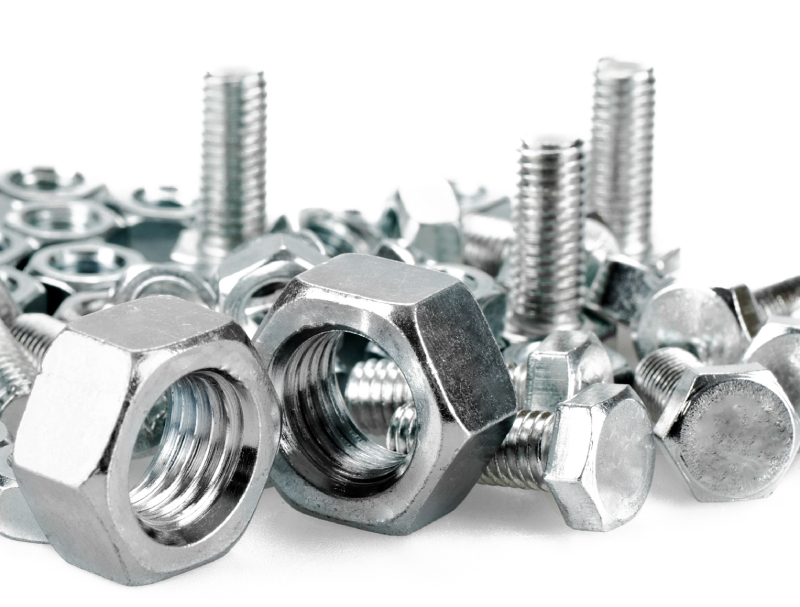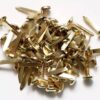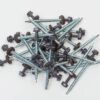If you are new to working with nuts and bolts, you may find the markings on their heads quite confusing. However, understanding nut and bolt grades can help you choose the right fastener for your project and avoid costly damage. Here are the most common types of screw and bolt head markings to help you out.
Why are the Markings on Nuts and Bolts Important?
Choosing the wrong bolt grade or type of nut can be a potential safety hazard, depending on the project you're working on. It's crucial to choose the right nut and bolt to securely fasten the objects you're working with. For this reason, it is crucial to understand the markings on nuts and bolts.
If you're working on a heavy-duty project, you'll want nuts and bolts with a high grade to ensure they can bear the load of your project. Markings will also help you choose the right material. For example, when you're working in a corrosive environment, you'll want to use stainless steel nuts and bolts to prevent premature rust and corrosion. Grades also ensure you use the right thread pitch and type for a secure connection.
Markings on Bolt and Nut Heads
Nuts and bolt heads often have symbols and letters marked on them. These markings provide information about the bolt's strength, material, and manufacturer. Here are some common markings you may find on these fasteners:
Strength Markings
Nuts and bolts are designed to withstand a specific amount of tension and pressure. Their strength is indicated by markings on the head. The most common strength marking system is the SAE grade system. This system assigns a number to the bolt that corresponds to its tensile strength. For example, a grade 5 bolt has a tensile strength of 120,000 PSI, while a grade 8 bolt has a tensile strength of 150,000 PSI.
Material Markings
Material markings help you determine if you're using the right material for your project. For example, if you need a stainless steel bolt, look for bolts marked with the letters "SS." If you need a brass bolt, it will be marked with the letters "BR." Consult a professional to ensure you’re receiving the best fasteners to prevent corrosion and to ensure that they are compatible with other materials you use.
Manufacturer Markings
Nuts and bolts may also feature the manufacturer's logo or name. The information is useful for identifying the source of the bolt and ensuring it meets the necessary quality standards. Look at the logo and research the brand to find out if it's best for your project.
Tips to Choose the Right Nut and Bolt
Selecting the right nut and bolt can be challenging. Here are some tips to help you choose the right marking and grading:
- Ask a professional to help you choose a nut and bolt based on the load it will carry. For example, if you are working with heavy materials, you will need a bolt with a higher grade.
- Consider the material of the nut and bolt. Is it suitable for the environment it will be used in? For instance, if you will be working in marine environments, chemical processing plants, or outdoor structures that are exposed to harsh weather conditions, stainless steel bolts and nuts are the best option.
- Ensure the thread pitch and type of the nut and bolt match your project. For example, if you are fastening soft materials like wood, a bolt with a fine thread is the best choice.
It is crucial to choose nuts and bolts from reputable manufacturers to ensure their quality and reliability. Marsh Fasteners is a reputable manufacturer of stainless steel and marine-grade fasteners of the highest quality.
Contact us to purchase or find out more about nut and bolt grades.








